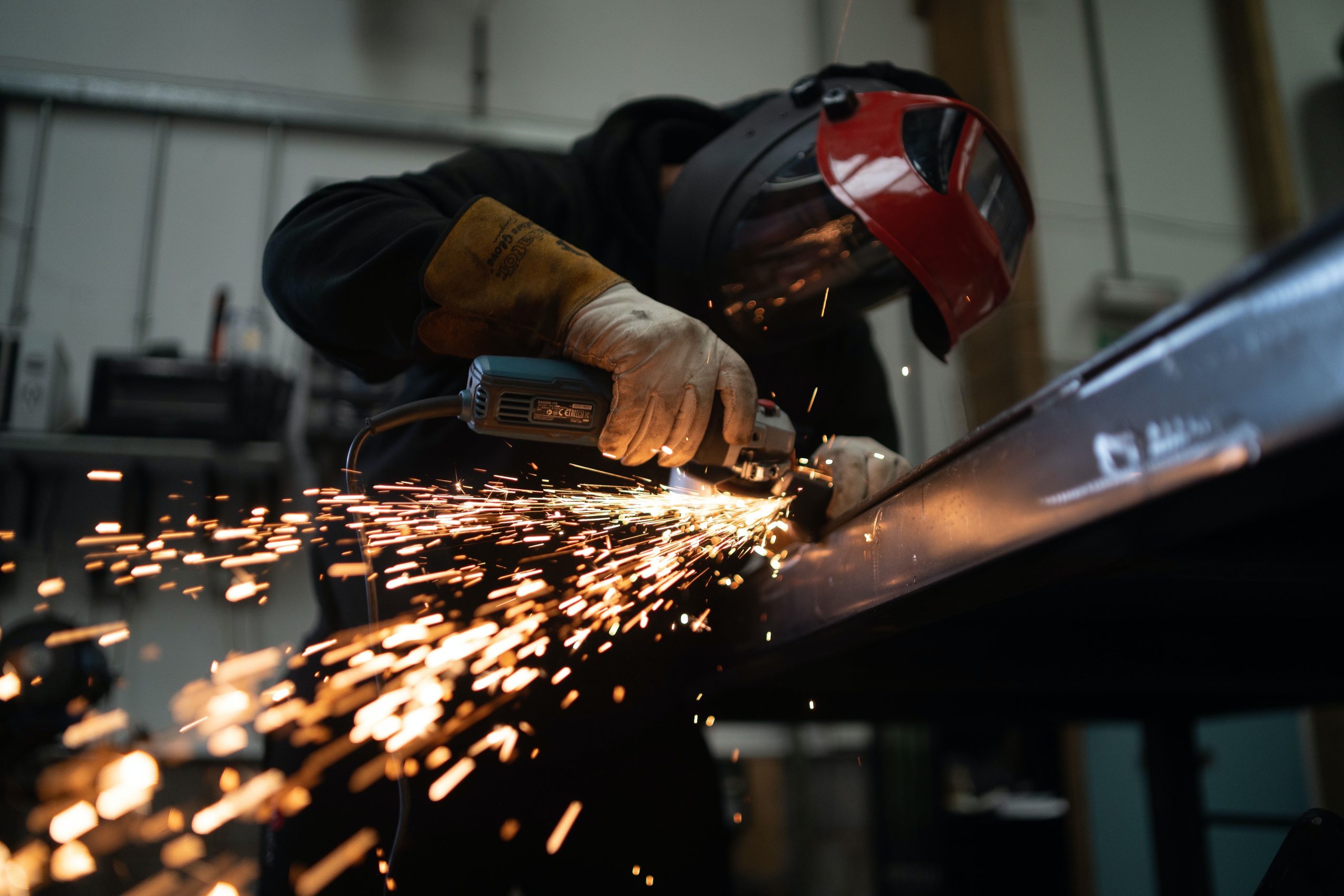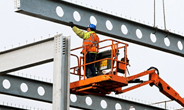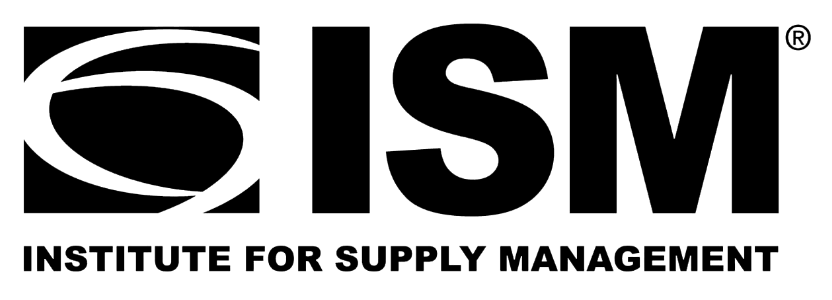Economy

Chicago PMI Slips to 66.8 in August, Remains Strong Historically
Written by Brett Linton
September 1, 2021
The Chicago Business Barometer declined to 66.8 in August, according to MNI Indicators, the fourth-highest pandemic-era reading. The August PMI is down 6.6 points from the month prior. MNI reports that order backlogs rose significantly in August, while production decreased. Firms say they are unable to keep up with new orders due to limited raw material availability and staffing issues.
Order backlogs jumped 11.6 points due to a shortage of materials, freight inconsistencies, and insufficient staff. Supplier deliveries increased to a three-month high, with one respondent reporting ‘the worst delivery times in three years.”
Inventories continued to increase in August, reaching the highest level since March. Some respondents reported stockpiling to get ahead of future supply chain disruptions, others said their inventories were declining due to logistics issues.
Prices paid at the factory gate rose yet again, reaching a 42-year high, as companies continued to report higher costs on production materials.
Demand for labor increased again in August, as firms struggle to find qualified workers.
Production fell 7.8 points in August, while new orders were down 4.4 points, suggesting demand is growing at a slower pace compared to July.
MNI asked firms, “When do you expect the supply chain impact of COVID-19 to peak?” The majority expect it to peak in 2022.
Below is a graph showing the history of the Chicago Business Barometer. You will need to view the graph on our website to use its interactive features; you can do so by clicking here. If you need assistance logging into or navigating the website, please contact us at info@SteelMarketUpdate.com.

By Brett Linton, Brett@SteelMerketUpdate.com

Brett Linton
Read more from Brett LintonLatest in Economy

New York state manufacturing index drops again in April
Firms were pessimistic, with the future general business conditions index falling to its second lowest reading in the more than 20-year history of the survey

Construction adds 13,000 jobs in March
The construction sector added 13,000 jobs, seasonally adjusted, in March, but tariffs could undermine the industry.

Supply chains, end-users brace for impact from tariffs
Supply chains are working through what the tariffs mean for them

ISM: Manufacturing expansion loses steam after two months of growth
US manufacturing activity slowed in March after two straight months of expansion, according to supply executives contributing to the Institute for Supply Management (ISM)’s latest report.

Chicago Business Barometer rose to 16-month high in March
The Chicago Business Barometer increased for the third-consecutive month in March. Despite this, it still reflects contracting business conditions, as it has since December 2023.
